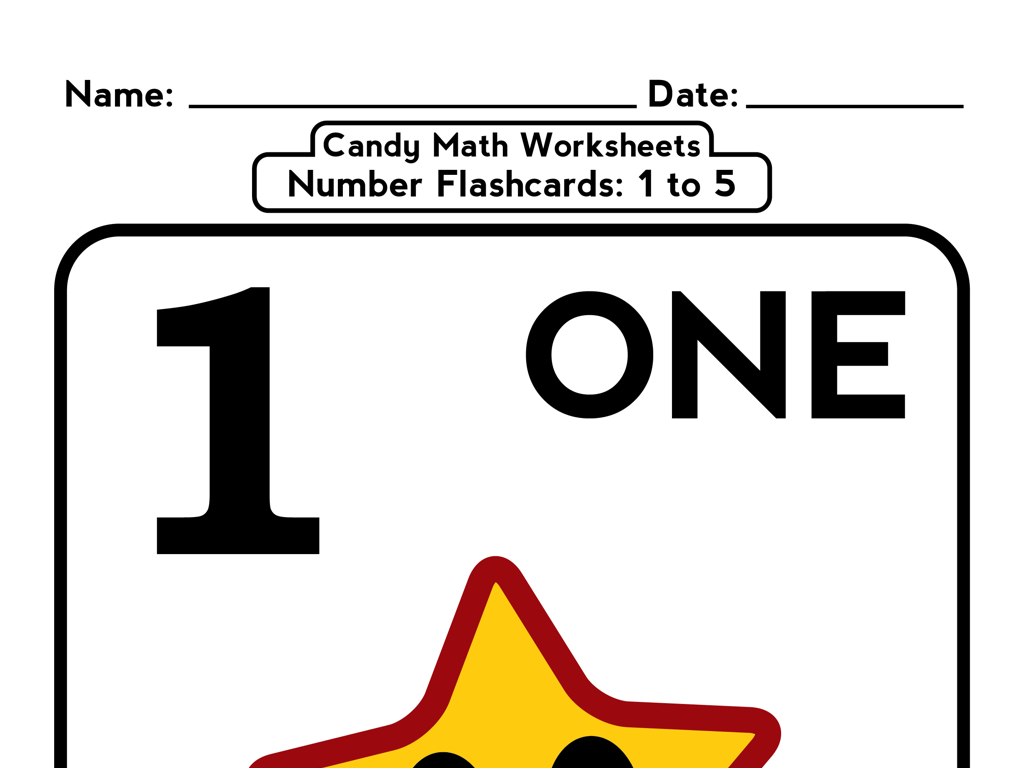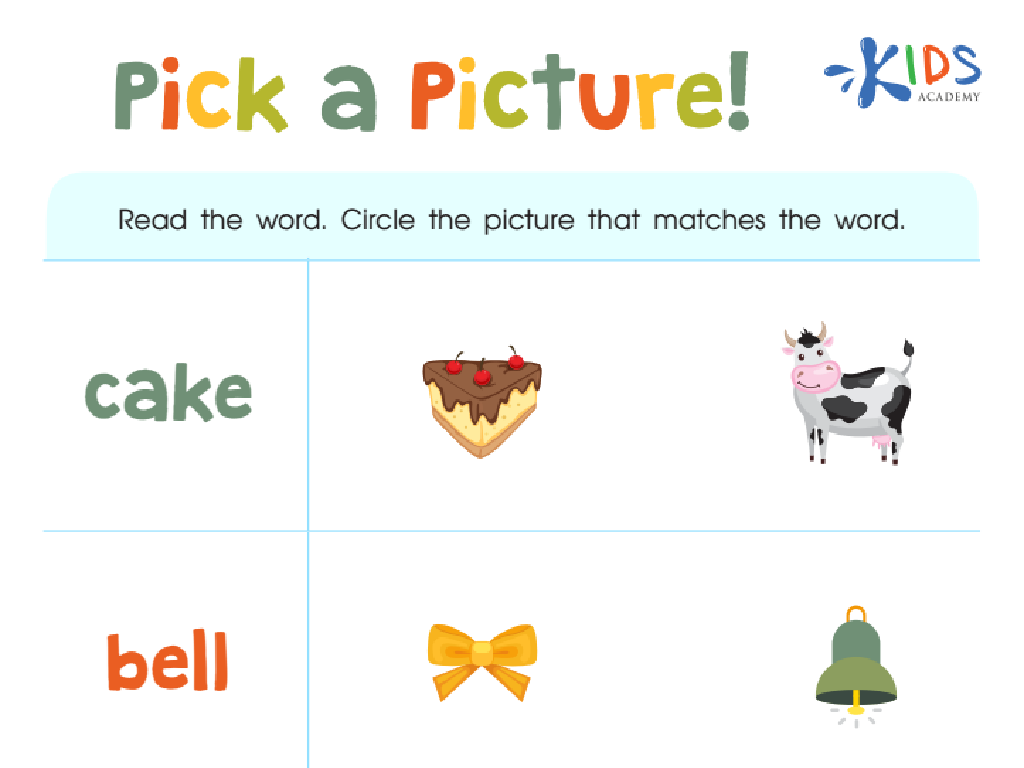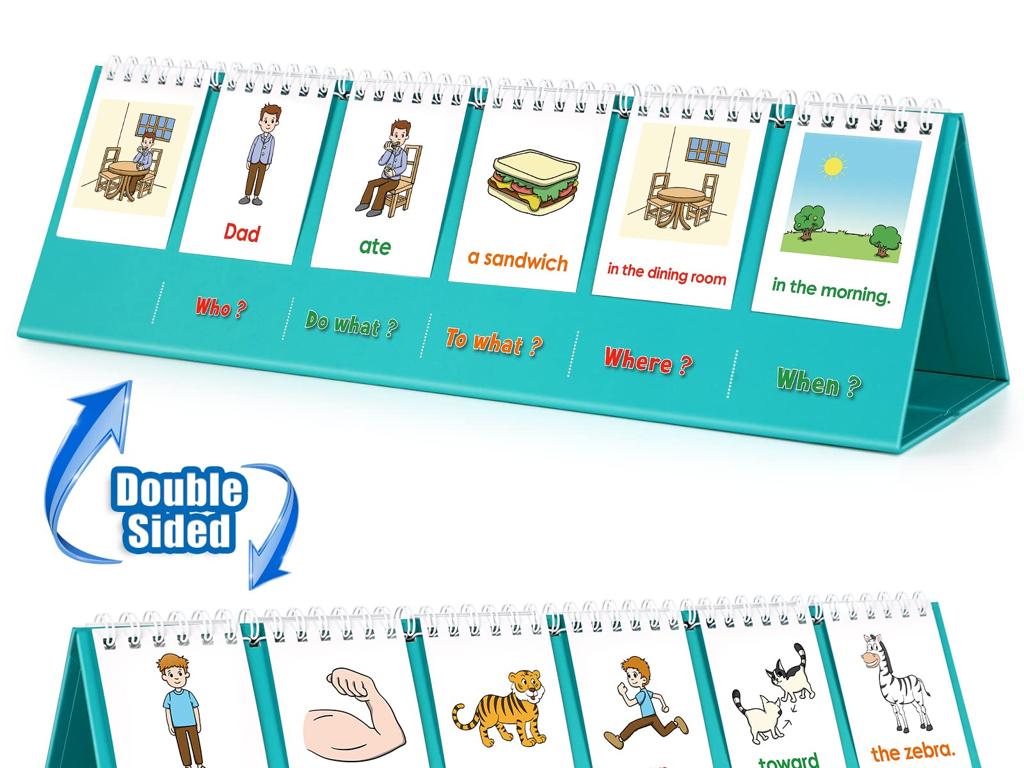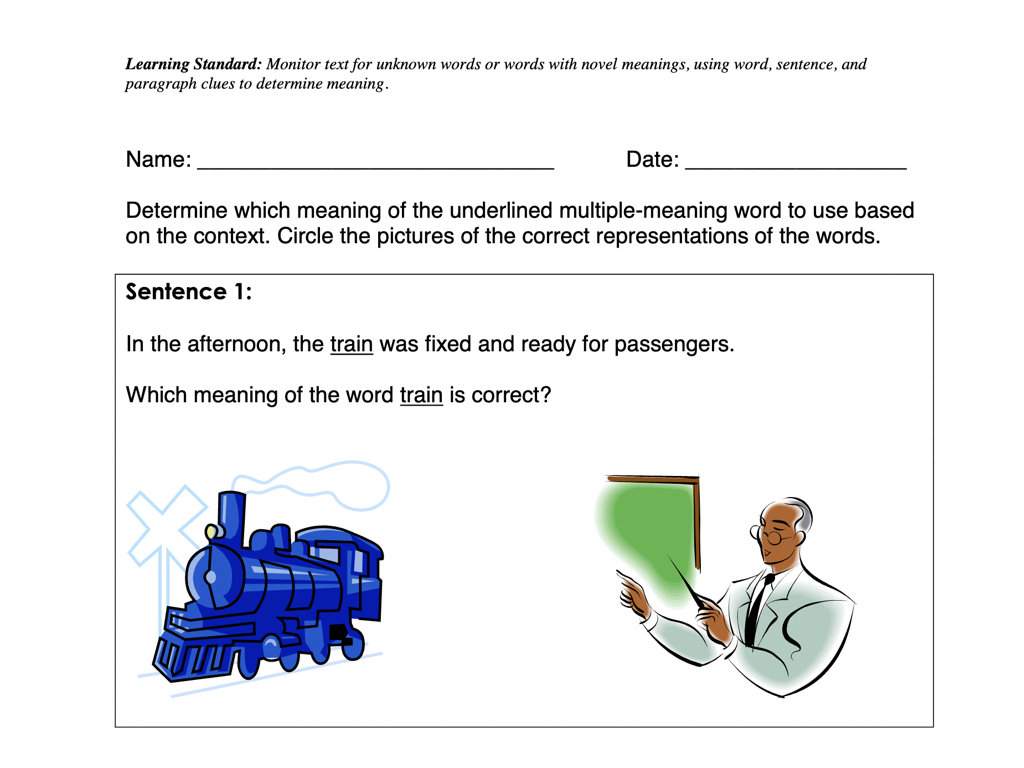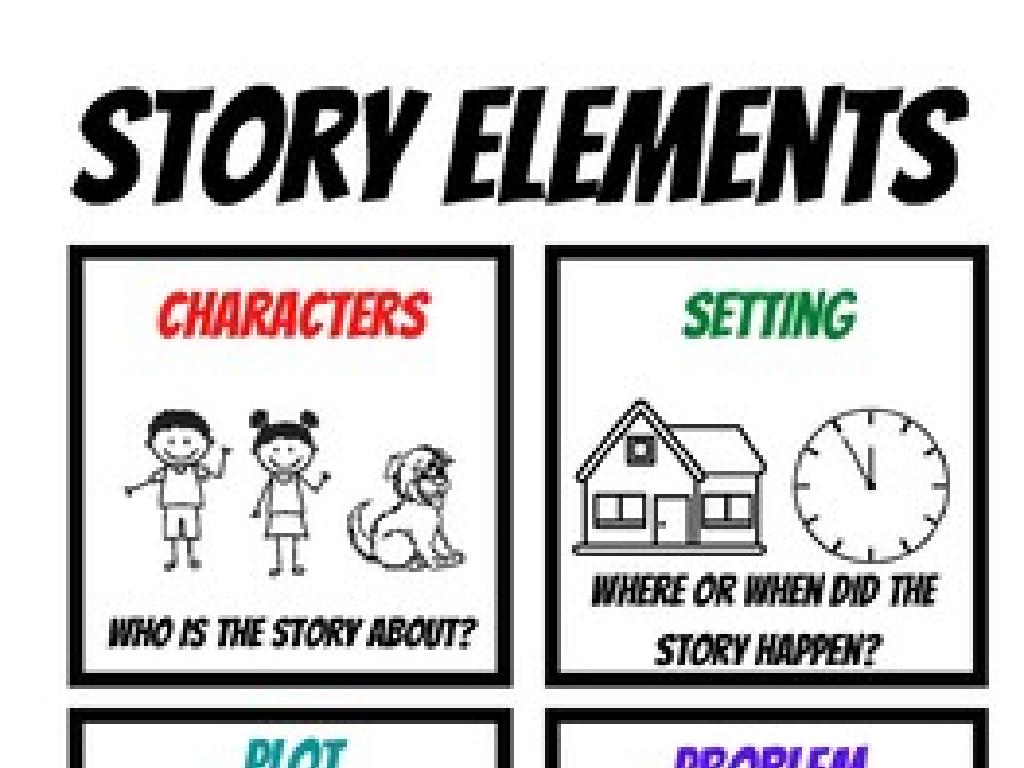Complete The Fact And Opinion Sentences
Subject: Language arts
Grade: Second grade
Topic: Opinion Writing
Please LOG IN to download the presentation. Access is available to registered users only.
View More Content
Welcome to Opinion Writing!
– Learn about facts vs. opinions
– Facts are true for everyone, opinions are what you think or feel.
– Why knowing the difference matters
– It helps you share your ideas clearly and understand others.
– Practice completing sentences
– Use ‘I think’ or ‘I believe’ to share your opinion in a sentence.
– Express your thoughts confidently
|
This slide introduces the concept of opinion writing by distinguishing between factual statements and opinions. Emphasize to students that facts are statements that can be proven true or false, while opinions are personal beliefs or feelings. Understanding this difference is crucial for clear communication. During the lesson, guide students through examples and provide sentence starters like ‘I think’ or ‘I believe’ to help them articulate their opinions. Encourage them to practice by completing sentences with their own opinions and sharing with the class to build their confidence in expressing themselves.
Understanding Facts in Sentences
– Define a fact
– A fact is true and can be proven.
– Example of a fact
– ‘The sky is blue during a sunny day’ is a fact.
– Fact vs. opinion
– Facts are indisputable, unlike opinions which are beliefs.
– Class activity: Find a fact
|
This slide introduces the concept of facts to second-grade students. Begin by defining a fact as something that is true and can be proven with evidence. Use the example provided to illustrate a simple fact that the students can relate to. Explain the difference between a fact and an opinion, emphasizing that facts are objective and verifiable. For the class activity, encourage students to think of their own examples of facts. This could be about their environment, school, or any topic they are familiar with. Guide them to understand that facts are not about what someone thinks or feels, but about what can be shown to be true.
Understanding Opinions
– What is an opinion?
– It’s what you think or feel about something.
– Opinions are personal
– Example of an opinion
– ‘Chocolate ice cream is the best!’ is an opinion.
– Opinions can vary
– Everyone can have different opinions.
|
This slide introduces the concept of opinions to second-grade students. Begin by explaining that an opinion is what someone believes or feels about something and that it is not a fact that can be proven. Use relatable examples, such as preferences in ice cream flavors, to illustrate that opinions are personal and can differ from person to person. Encourage students to think about their own opinions and understand that it’s okay for others to have different thoughts or feelings. This will set the foundation for activities on opinion writing, where students will learn to express their own opinions and understand the opinions of others.
Fact or Opinion? Let’s Play a Game!
– Understand fact vs. opinion
– Game: Identify fact or opinion
– I’ll say a sentence, and you decide
– Facts can be proven true
– E.g., ‘The sky is blue’ can be checked
– Opinions are personal beliefs
– E.g., ‘Chocolate is the best flavor’ is a belief
|
This interactive game is designed to help second-grade students differentiate between facts and opinions. Begin by explaining that a fact is something that can be proven to be true, while an opinion is what someone thinks or feels and cannot be proven. During the game, say a sentence out loud and ask the students to identify whether it’s a fact or an opinion. Provide clear examples for both categories to ensure understanding. Encourage students to explain their reasoning for each decision to foster critical thinking. This activity will prepare them for opinion writing by understanding the distinction between factual statements and opinionated ones.
Writing Our Own Opinions
– Understanding opinions
– Writing opinion sentences
– Complete the given sentence with what you believe.
– Using ‘I think that’ structure
– Start your opinion with ‘I think that’ to share your view.
– Example: Expressing your thoughts
– ‘I think that ice cream is the best dessert because it’s sweet and cold.’
|
This slide is aimed at helping students understand how to express their opinions in writing. Begin by explaining what an opinion is a personal belief or feeling about something. Then, guide them on how to structure their sentences when writing their opinions, using the phrase ‘I think that’ as a starter. Provide an example to illustrate how to complete the sentence with their own thoughts and the reasons behind their opinions. Encourage students to think about their favorite things or preferences as they write their sentences. During the next class, invite students to share their sentences and discuss the variety of opinions everyone has.
Class Activity: Crafting Opinion Sentences
– Write opinion sentences on worksheets
– Discuss opinions with a classmate
– Explain reasons for your opinions
– Why do you think this? What makes you feel this way?
– Share with the class
|
This activity is designed to help students understand the difference between fact and opinion and practice expressing their own opinions. Provide worksheets with sentence starters for students to complete with their opinions. Encourage them to think about why they hold these opinions and to be ready to explain their reasoning to a partner. After discussing with a partner, students will have the opportunity to share their sentences with the class, fostering a supportive environment for public speaking and opinion sharing. As a teacher, facilitate the activity by providing examples and guiding the discussion. Possible sentence starters: ‘I believe…’, ‘In my opinion…’, ‘I think that…’, ‘My favorite… because…’.
Review and Share: Facts vs. Opinions
– Review facts and opinions
– Facts are true and can be proven. Opinions are what someone thinks or feels.
– Share your opinions aloud
– Choose a volunteer to read their sentence and explain why it’s an opinion.
– Understand opinions vary
– Respect all opinions shared
– It’s important to listen and be kind, even if we disagree with someone’s opinion.
|
This slide is meant to recap the lesson on facts and opinions. Start by reviewing the definitions of facts and opinions, emphasizing that facts can be verified, while opinions are personal beliefs or feelings. Encourage students to volunteer and share the opinion sentences they’ve created, fostering a supportive environment where they understand that opinions are subjective and there’s no right or wrong. Remind the class to be respectful listeners as their classmates share, reinforcing the idea that everyone’s opinion is valuable and deserves to be heard. This activity will help students feel more comfortable expressing their thoughts and will enhance their understanding of the difference between facts and opinions.
Wrapping Up: Facts vs. Opinions
– Excellent work in today’s class!
– Homework: Find a fact and an opinion
– Look in books or articles for a true statement and someone’s belief
– Write down your examples
– Note where you found them and what clues helped you decide
– Get ready to discuss in class
|
Today’s lesson focused on distinguishing between factual statements and opinions. As homework, students are tasked with identifying one of each from their reading material. This exercise will help reinforce their understanding of the difference between facts, which are true and verifiable, and opinions, which are beliefs or feelings that are not necessarily true for everyone. Encourage students to explain why they chose their examples and how they determined whether each statement was a fact or an opinion. In the next class, we’ll have a discussion where students can share their findings, providing an opportunity for peer learning and further clarification.

